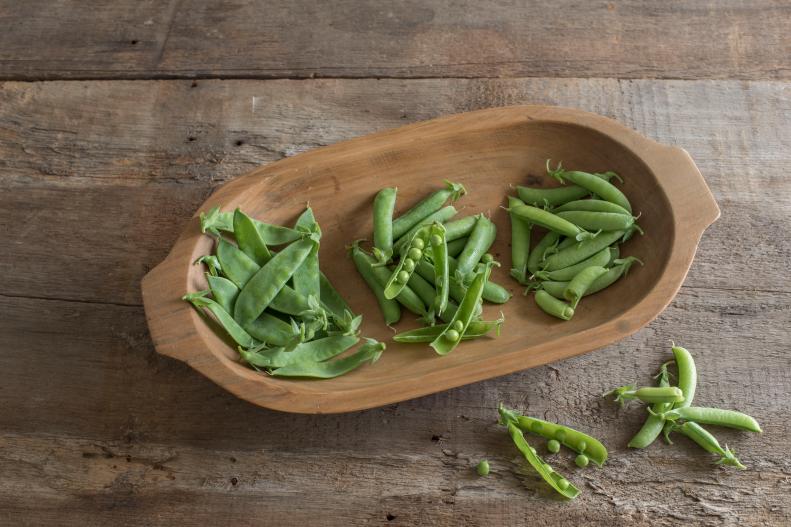1 / 25
Photo: Shutterstock/Phil Darby
Grow Your Own Veggies for Fresh Taste and Great Flavor
Homegrown tomatoes are juicy and just-picked corn, boiled in water with a little salt, is sweet and tender. Many veggies are delicious and easy to grow, but the best vegetables for your garden are the ones you and your family will actually eat, so choose your favorites.
First, check out the USDA Gardening Zone Map. Whether you plant seeds or young plants, they need time to mature before your first frost — although crops like collards don't mind some cold, and others, like cabbage, can survive the winter.
Before you plant, do a soil test or have your soil tested by your extension service so you'll know if it needs amendments. Then click through our list of the best vegetables for your garden and learn how to grow a bountiful harvest.










